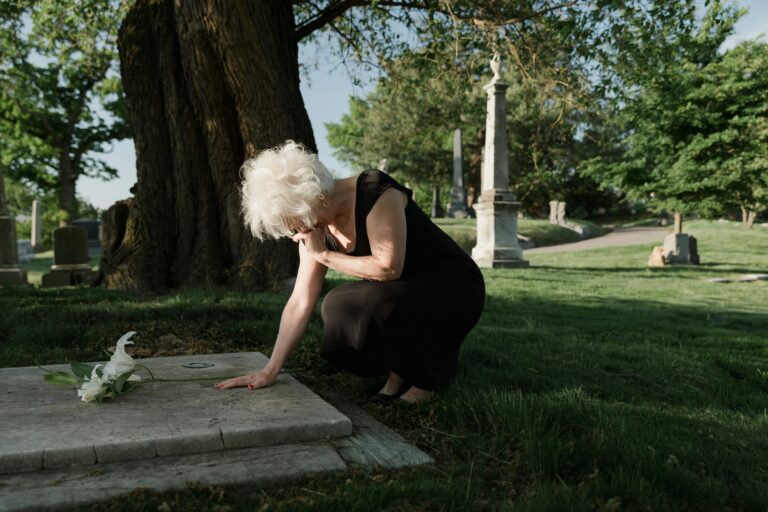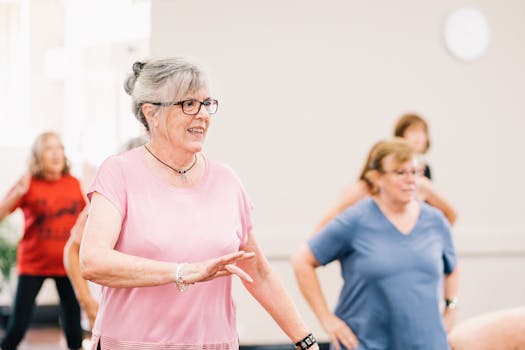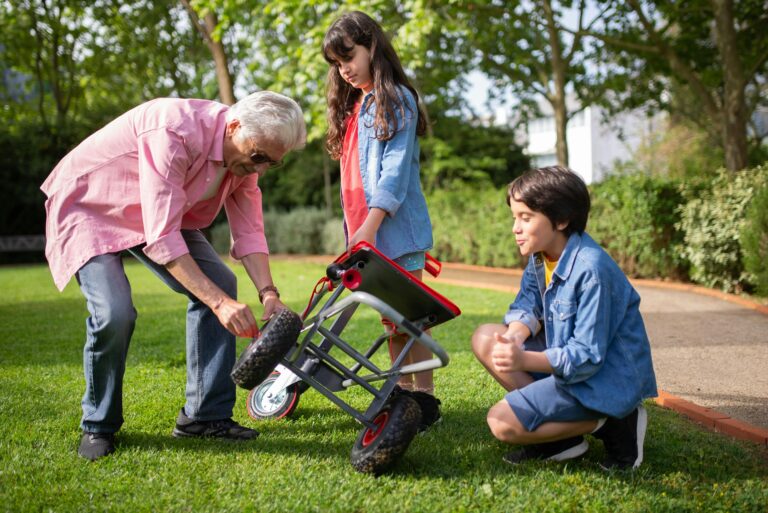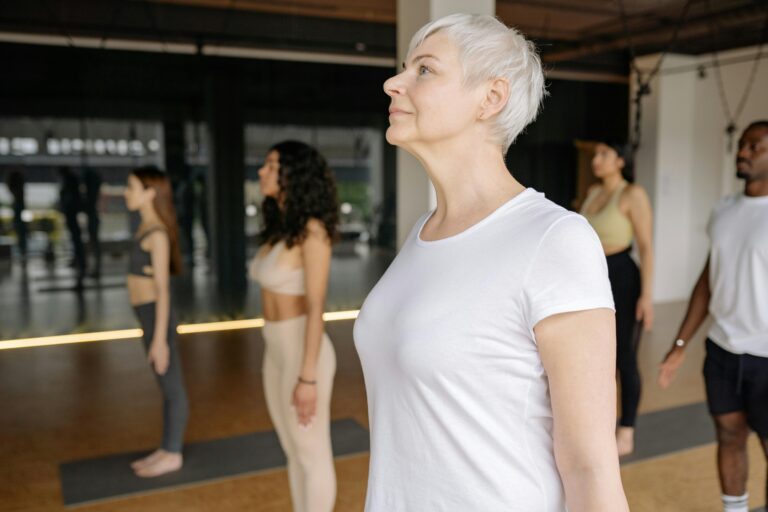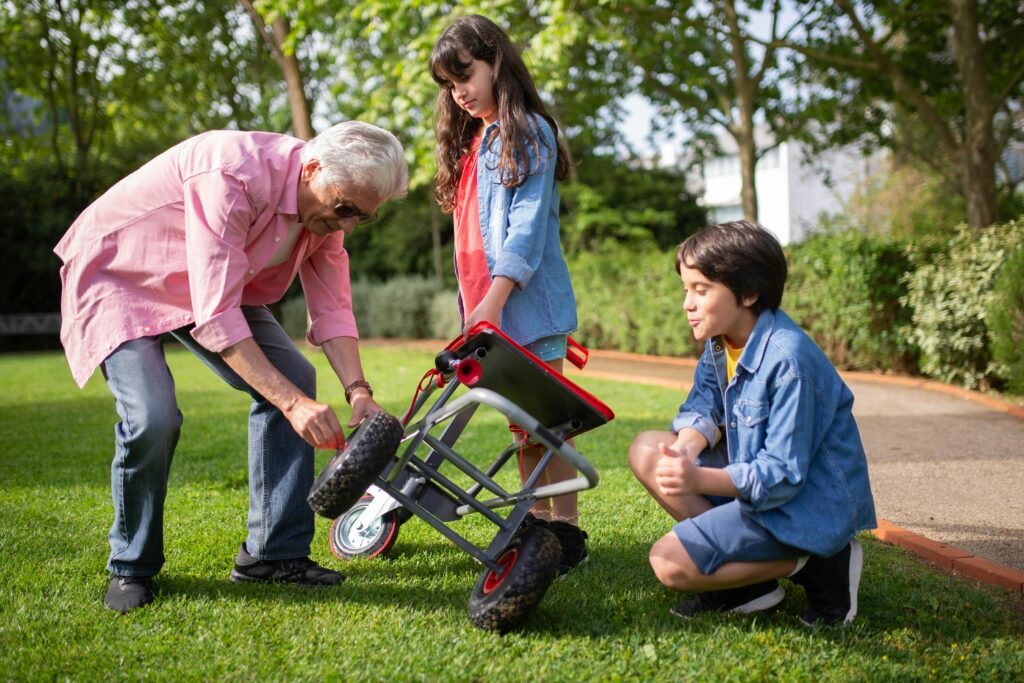
As we age, life can get a little noisier—physically, mentally, and emotionally.
But there’s one tool you already have that can bring peace, focus, and even better health.
It doesn’t cost a thing.
You carry it with you every single day.
It’s your breath.
Simple, slow breathing can help reduce anxiety, lower blood pressure, improve sleep, and sharpen focus.
It’s also a gentle and powerful way to stay grounded, especially when life feels overwhelming.
Whether you’re brand new to breathing exercises or want to add a few mindful moments to your day, this guide is here to help.
And don’t worry—these exercises are easy, calming, and designed with your comfort in mind.
Why Breathing Exercises Matter After 50
As we age, our lungs and diaphragm naturally become a bit less elastic.
This can make our breathing more shallow over time, especially if we’re under stress or inactive.
But practicing deep, controlled breathing can:
Increase oxygen to the brain
Improve lung capacity
Reduce feelings of stress and tension
Help with sleep and mental clarity
Support your heart health
Even just 2–5 minutes a day can make a noticeable difference.
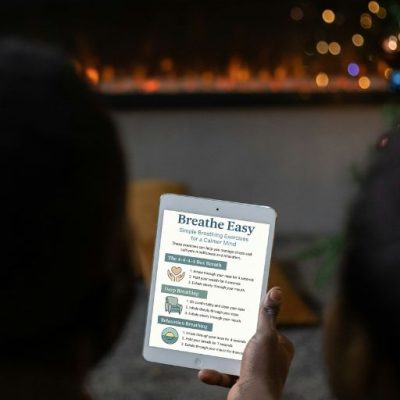
Getting Started: Find Your Calm Spot
Before we dive into the exercises, take a moment to settle in:
Find a quiet, comfortable spot
Sit upright in a chair or lie down with support
Loosen any tight clothing
Close your eyes if that feels comfortable
Now let’s breathe together.
1. The 4-4-4-4 Box Breath
Great for: calming nerves, preparing for sleep, or taking a “mental reset” during the day.
How to Do It:
Inhale through your nose for 4 seconds
Hold your breath for 4 seconds
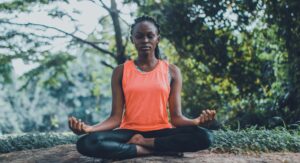
Exhale slowly through your mouth for 4 seconds
Hold again for 4 seconds
Repeat 4–6 rounds. Imagine drawing a box in your mind as you breathe—this helps keep you focused.
2. Belly Breathing (Diaphragmatic Breathing)
Great for: lung expansion, oxygenation, and relaxation.
How to Do It:
Place one hand on your belly, one on your chest
Inhale deeply through your nose—feel your belly rise
Exhale slowly through your mouth—feel your belly fall
Try not to move your chest—only your belly
Do this for 1–2 minutes to feel grounded and calm.
3. Smell the Roses, Blow Out the Candles
Great for: beginners and a quick way to reset your nervous system.
How to Do It:
Pretend you’re smelling a flower – inhale slowly through your nose
Pretend you’re blowing out birthday candles – exhale slowly through your mouth.
It’s playful, simple, and a wonderful technique to share with grandchildren, too!
4. Sleepy Time Breathing (4-7-8 Technique)dd Your Heading Text Here
Great for: winding down before bed, reducing insomnia, or calming nighttime anxiety.
How to Do It:
Inhale through your nose for 4 seconds
Hold your breath for 7 seconds
Exhale through your mouth for 8 seconds.
Repeat 3–4 times. It can help quiet the mind and get you ready for restful sleep.
Final Thought: Your Breath is Always With You
You don’t have to twist into a pretzel or sit in silence for an hour to get the benefits of mindfulness.
Just a few deep breaths, done with intention, can shift your whole day.
So the next time you’re feeling anxious, tired, or unfocused, stop and breathe.
It may be the simplest thing you do today—and the most powerful.
Stay grounded, stay gentle with yourself,
Founder, MatureAging.com
Frequently Asked Questions
Common questions about our services and how we can help.
What is guided visualization?
Guided visualization is a technique where you imagine peaceful scenes or feelings while focusing on your breath.
This can help reduce stress and improve your mood.
How long should I practice?
You can practice guided visualization for as little as 5 to 10 minutes.
Feel free to extend the time as you become more comfortable with the process.
What if I can’t visualize?
If visualization is difficult, that’s okay. Focus on the sensations of your breath and physical feelings in your body instead.
Let yourself simply be present.
Can I do this alone?
Yes, guided visualization can be practiced alone or with others.
Many find it beneficial to share the experience with a friend or family member.
What should I expect?
Expect to feel more relaxed and peaceful after your practice. Over time, you may notice improved focus and reduced stress in your daily life.
Is it safe for everyone?
Guided visualization is generally safe for most people. If you have serious mental health concerns, consult a professional before starting.



